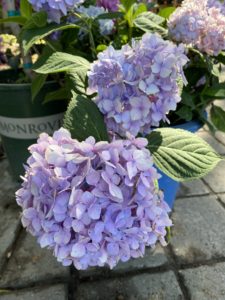 Hydrangeas are among gardeners’ favorite blooming shrubs, especially for the summer shade garden. They are available in a wide variety of colors and types from white, pink, purple, blue and mixed colors. Their flowers are large and range in shapes from pom-pom-like globes to lace bouquets.
Hydrangeas are among gardeners’ favorite blooming shrubs, especially for the summer shade garden. They are available in a wide variety of colors and types from white, pink, purple, blue and mixed colors. Their flowers are large and range in shapes from pom-pom-like globes to lace bouquets.
The different shades of blue, pink and white reflect the acidity level of the soil – blue or purple in acid soils, pink or purple/red in alkaline mixtures — this allows you to choose the color of your hydrangeas. In our Valley soil, hydrangeas are naturally pink, you can make yours blue by applying Hydrangea Blue (aluminum sulfate).
Hydrangeas are low maintenance, fast growing and attractive both as single plants or mass planted. The Endless Summer® series have the ability to produce new flowers repeatedly. It is not unusual to see them blooming well into December. Older varieties typically bloom only once per year and need careful pruning.
Choosing The Right Site
All hydrangeas perform best in dappled shade, with evenly moist, well-drained soil. Ideally, a location where they will get minimal morning sun and plenty of afternoon shade. A semi-shady corner set among ferns for color contrast will enhance any yard landscape. The plants have a stocky growth pattern and will reach 3-5 feet in height and width so be sure to choose an area with enough space.
Hydrangeas are “heavy drinkers,” we have found you can cut your watering in half by adding “Soil Moist” polymer granules to your planting mix.
How To Plant Your Hydrangeas Step-by-Step:
- Prepare a hole approximately twice as wide as the root ball. Then mix the soil from the hole with an equal amount of Acid Planting Mix. Add Master Start Fertilizer (adjust amount for size of plant) and 2 Tbsp. of Soil Moist to the mix.
- Backfill the hole with this mixture leaving the top of the root ball at ½ inch higher than the surrounding soil.
- Add mulch around your new plant taking care to leave a 6″ space around the stem.
- Keep moist in hot weather.
- Feed monthly from March through September with Master Nursery Camellia Azalea Gardenia Food.
Things You Will Need:
- Acid Planting Mix
- Soil Moist
- Master Start Fertilizer
- Master Nursery Camellia Azalea Gardenia Food

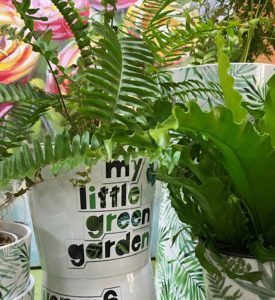
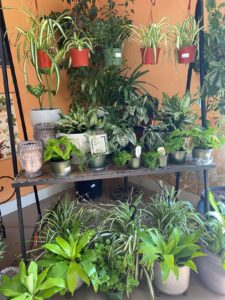
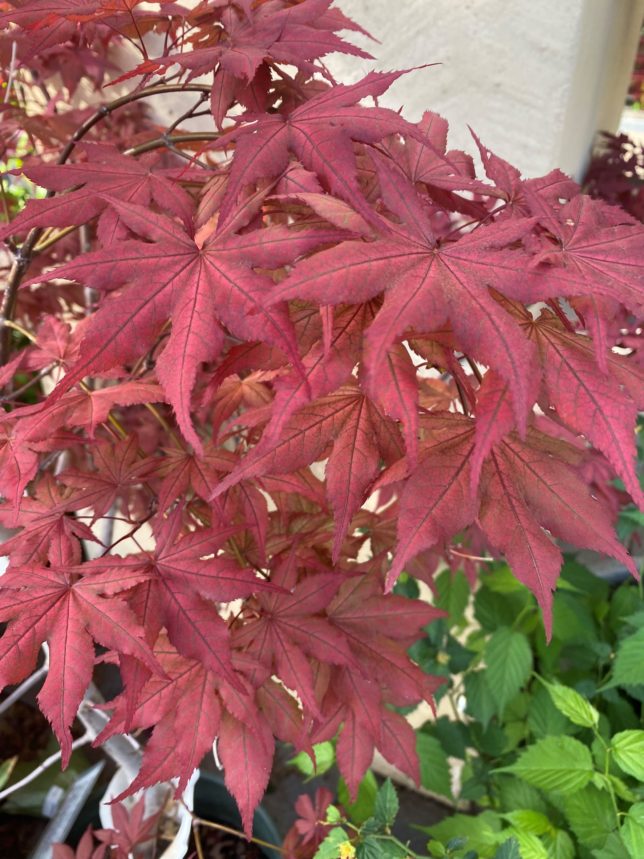
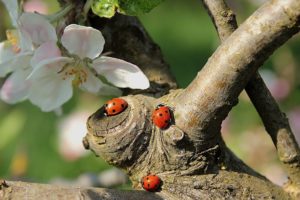
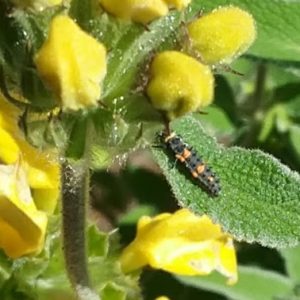

 Now is the time to hang Yellow Jacket Traps. Early spring is the time to capture the colony’s queens thus exponentially reducing the yellow jackets in the area later in the year.
Now is the time to hang Yellow Jacket Traps. Early spring is the time to capture the colony’s queens thus exponentially reducing the yellow jackets in the area later in the year.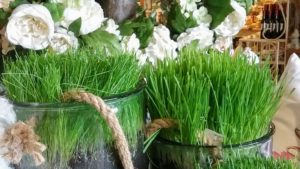
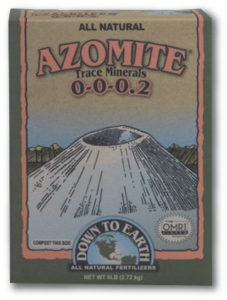 California’s alluvial soils of the Central Valley are rich and friable because centuries of seasonal flooding have deposited minerals from the eroding Sierras into the fertile lowlands.
California’s alluvial soils of the Central Valley are rich and friable because centuries of seasonal flooding have deposited minerals from the eroding Sierras into the fertile lowlands.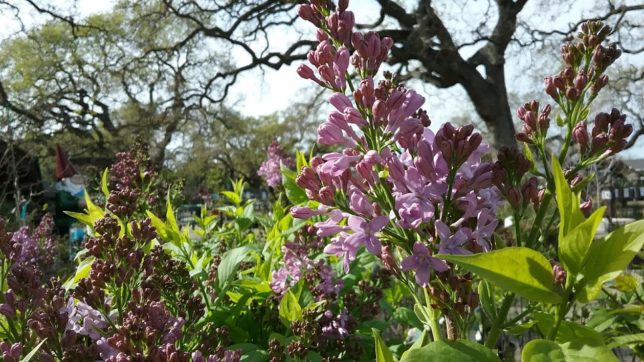
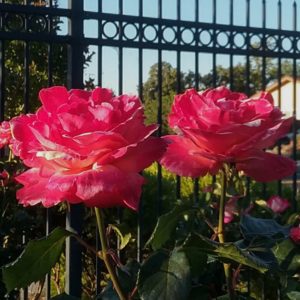
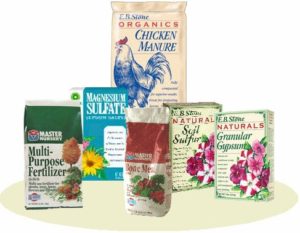
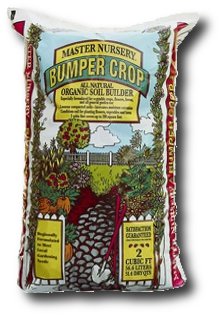 Three to four inches of
Three to four inches of 